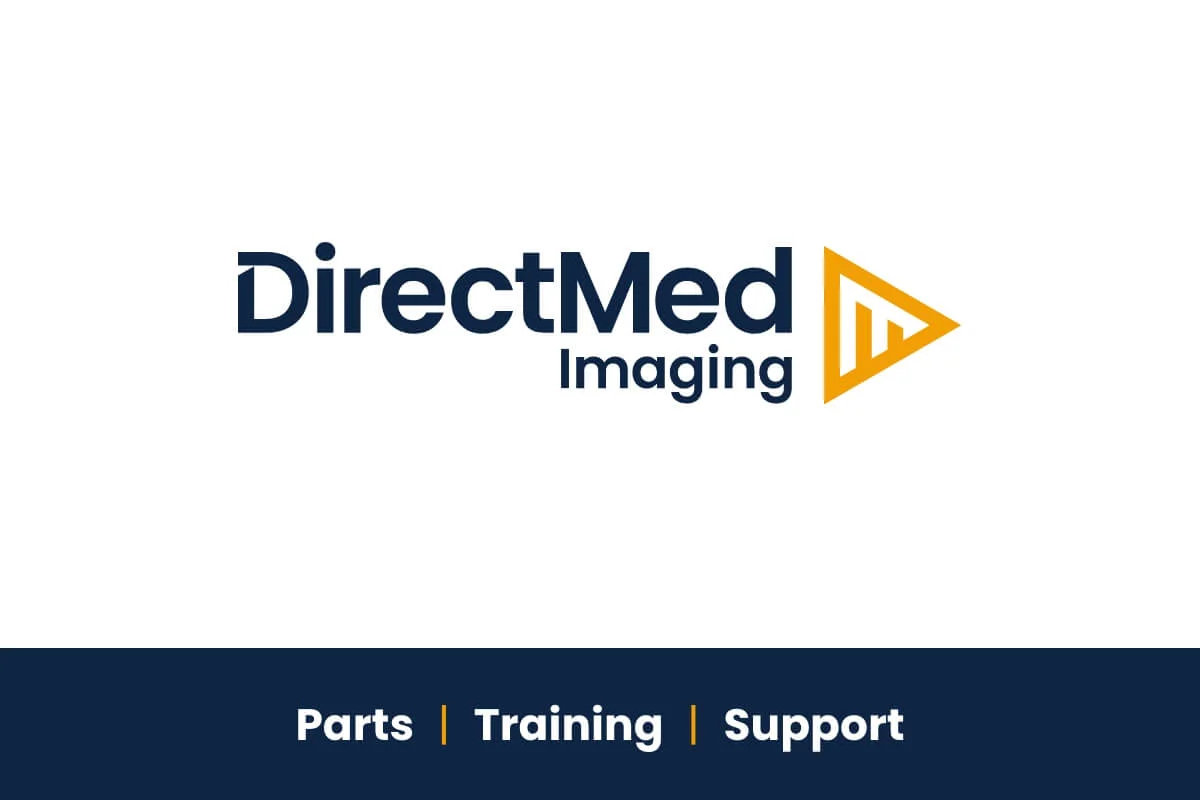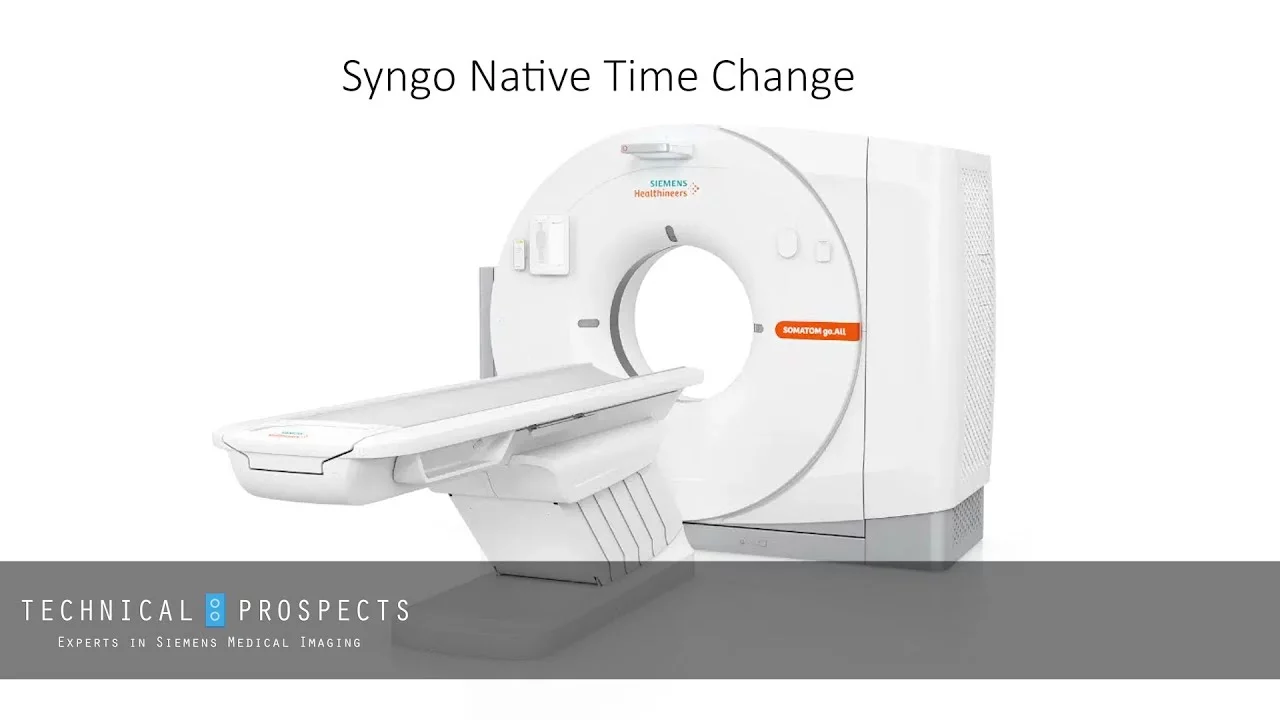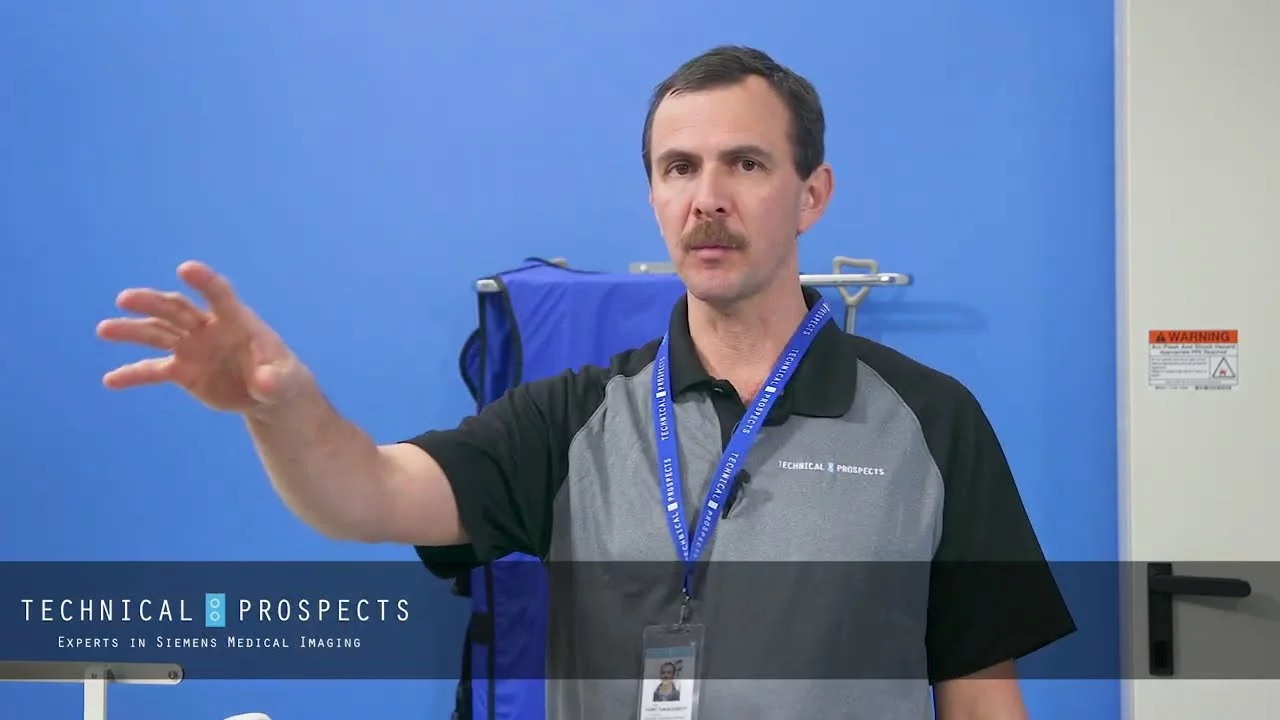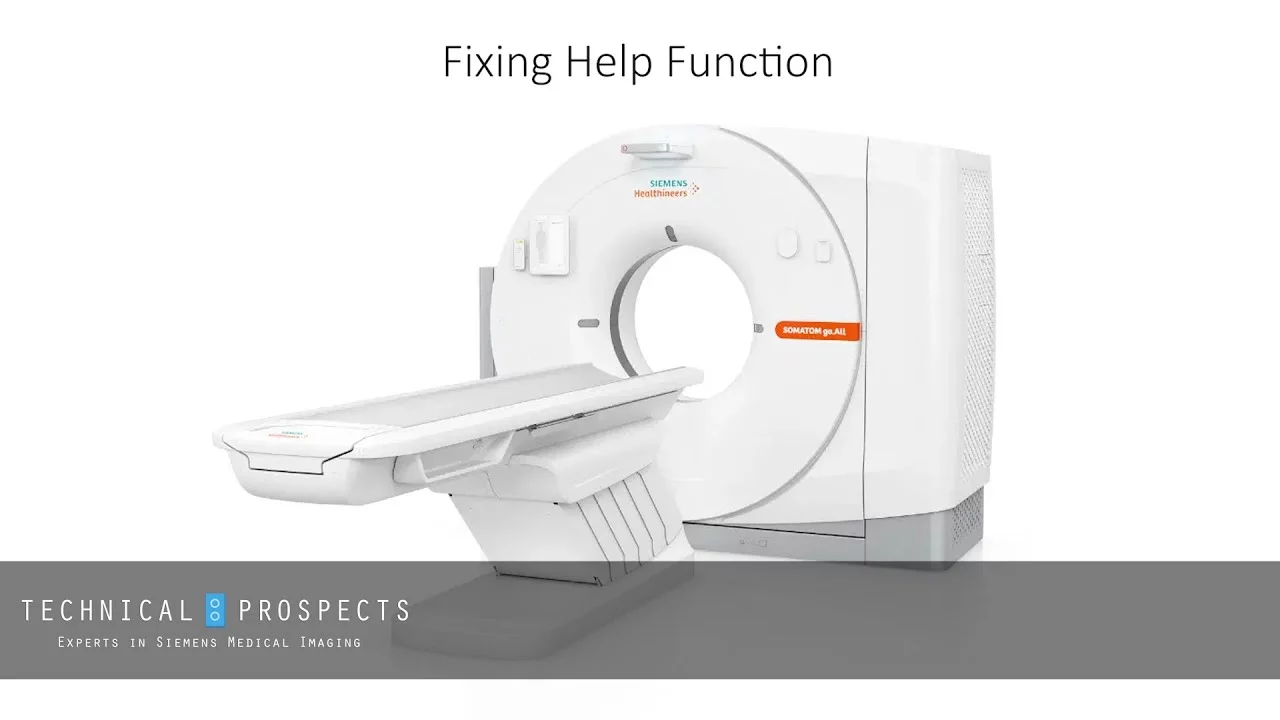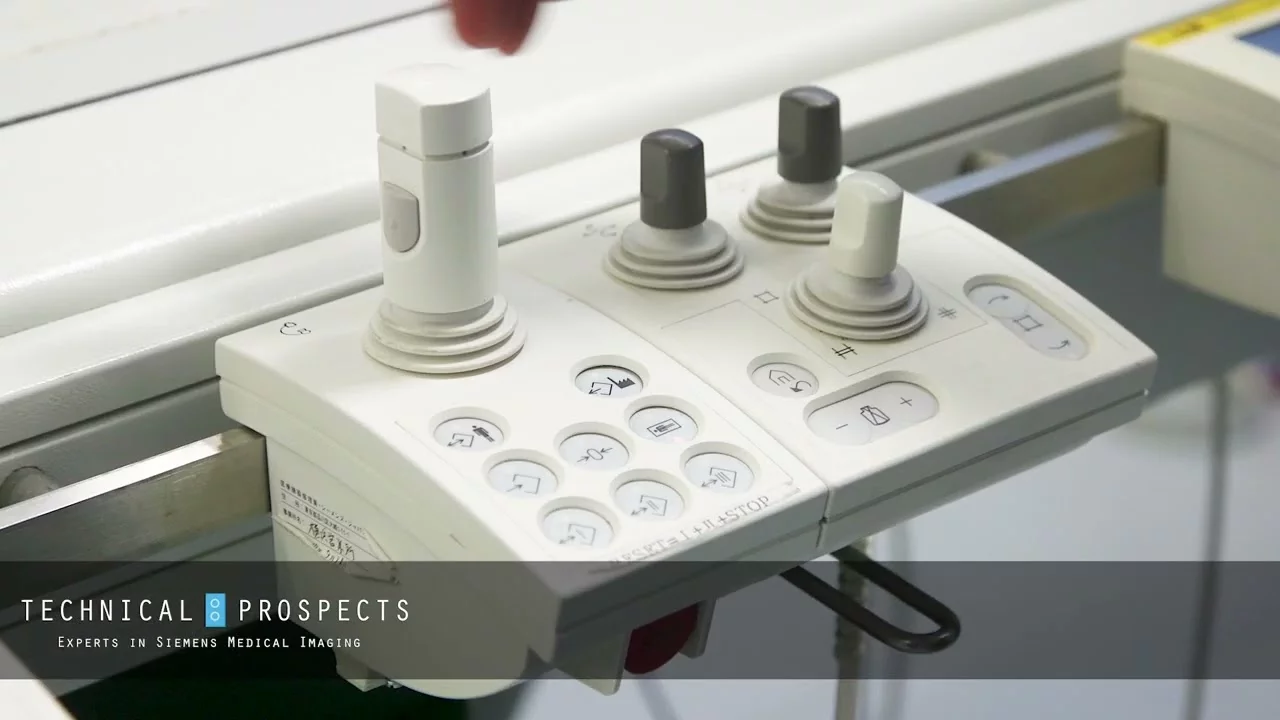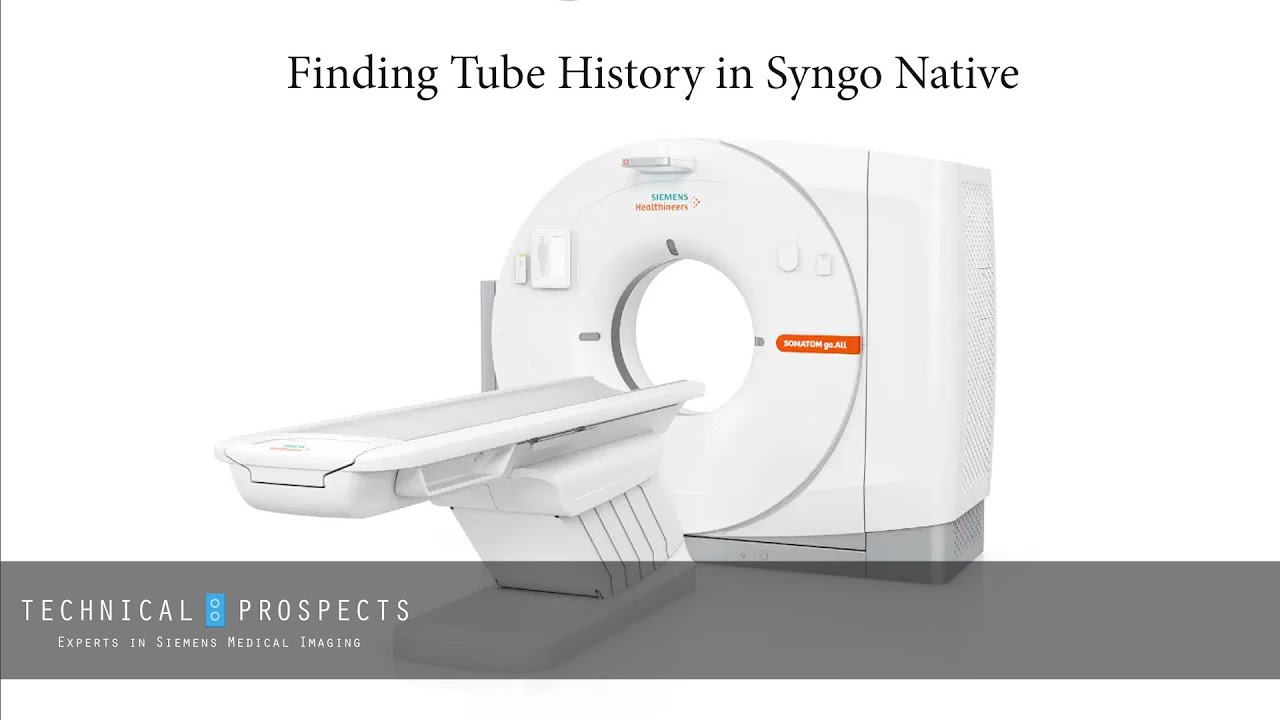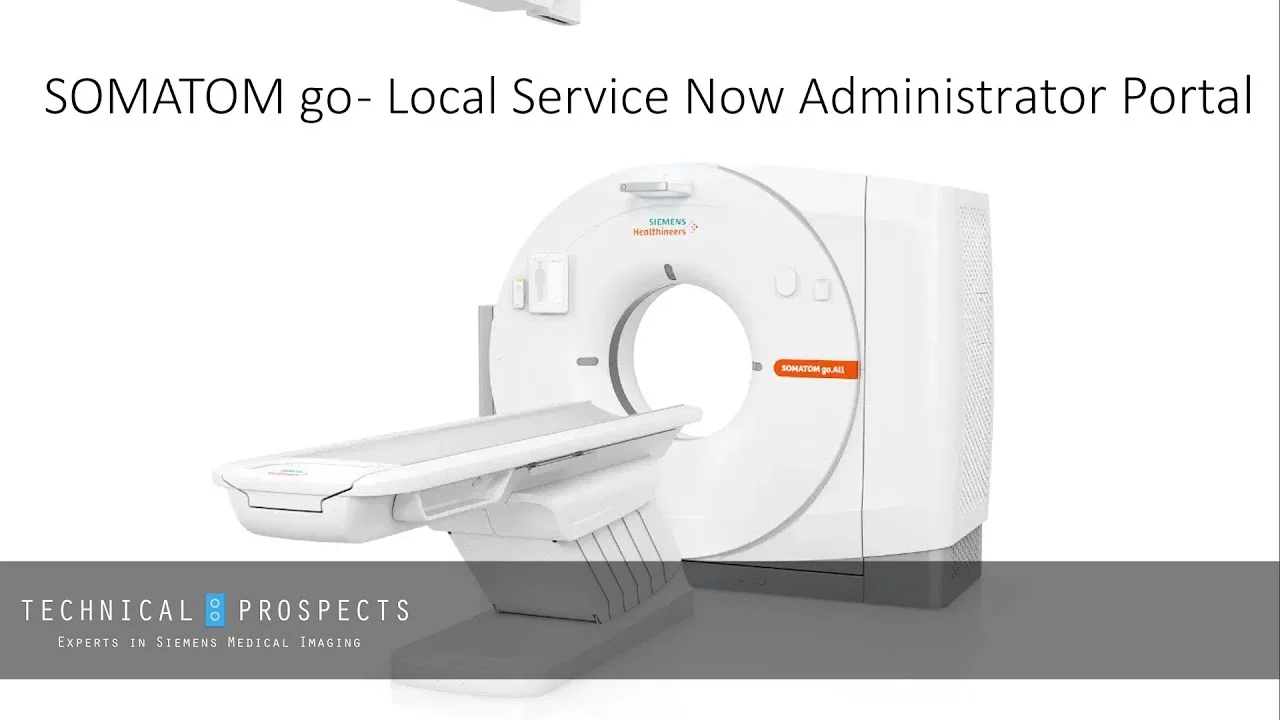If you’re thinking of purchasing a magnetic resonance imaging or MRI system for your hospital or facility, it is crucial to know the different types. Most hospitals are outfitted with a 1.5T MRI, while others have the more advanced 3T MRI. You may be wondering what the differences are between the two, what makes one more advanced than the other, and if you should always get stronger MRIs.
It’s important to note that MRIs fulfill various purposes, which means that a veterinarian clinic will need a different MRI than a hospital with a high patient load. Here’s what you need to know about MRIs, the different strengths, and what sets them apart from each other:
What the “T” in 1.5T and 3T Stands For
MRI systems use Tesla as the unit of measurement to describe the strength of the magnets they use. Magnets are how MRIs obtain photos, and the magnet’s strength directly impacts the images’ quality. Naturally, the higher the magnetic strength, the more precise the images are. However, getting the highest available magnetic strength doesn’t necessarily mean you’ll be getting the best for your facility, as other factors determine the power that is best suited for your facility and the patients you handle.
When a patient is inside an MRI, their cells radiate a ‘signal, which the MRI magnet will pick up. The amount of signal it receives depends on its strength, a relationship known as net magnetization vector or NMV. The magnet captures the signal and then uses it to generate images of the body parts being scanned. Higher magnetic field strength means it can capture more signals from your body, although these come with their pros and cons.
The Factors Affecting Image Quality
Each person has a different body, although most bodies have the same composition of around 60 percent water, muscle, organs, and some fat tissue. However, this body composition changes over time. For instance, due to a health condition, someone may need the surgical implantation of a metal joint. Additionally, someone may have suffered an injury caused by a foreign object, like a bullet or shrapnel, known to change a person’s body composition. As such, these individuals will emit different signals when placed into an MRI, which technicians must factor when conducting a test.
When a patient with implants must undergo an MRI, they must be tested to receive a status. They could be categorized as safe, unsafe, or conditional, which dictates how a technician will conduct an MRI. The safe classification means that the implant is safe when exposed to any magnetic field strength. Unsafe means that the implant must never be subjected to any magnetic field strength. Lastly, conditional means that the implanted device has been tested for safety and can be used only in specific magnetic field strengths, along with any conditions mentioned by the manufacturer. That means some implants are safe to be exposed to the magnetic field strength in a 1.5T MRI scanner but not in a 3T scanner.
It’s crucial to know a patient’s body composition and the potential foreign bodies in them, as it will become a safety issue during the scan. They can cause an error in the image, known as an image artifact, resulting in further problems when scanning the surrounding area.
Conclusion
Understanding the components of an MRI scanner and the conditions in which it is safe to conduct a scan is crucial in choosing the right system for your facility. Stay tuned for part 2 to learn more about the different qualities of these two MRI systems.
DirectMed Parts is the most trusted and knowledgeable source for MRI and CT parts. We also specialize in servicing equipment, like mechanical MRI coil repair. Contact us today to learn more about the parts and services we offer!
